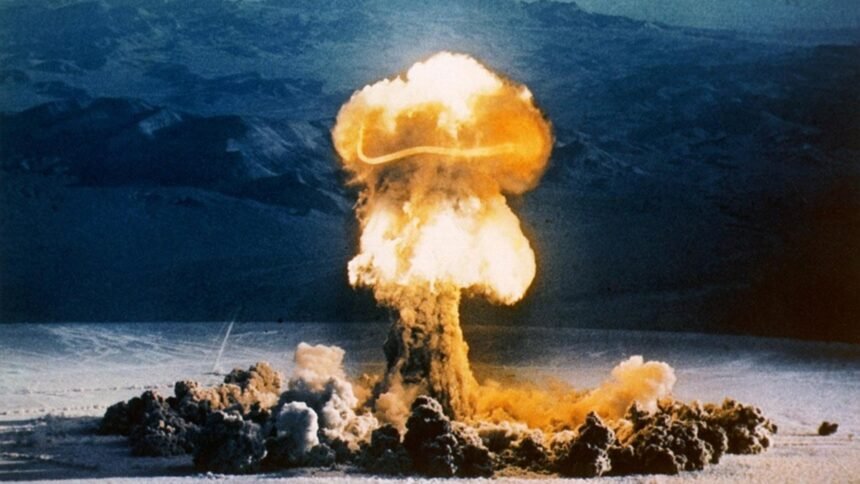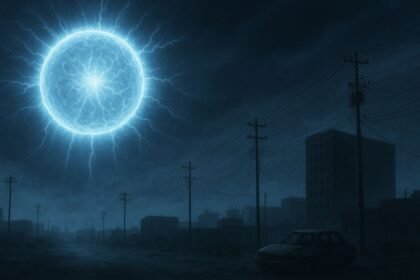The Doomsday Switch That Never Sleeps
The Perimeter—better known in the West as Dead Hand—is not just a relic of the Cold War; it’s a living, breathing (well, humming and blinking) component of Russia’s nuclear deterrent. Its mission is brutally simple: If a surprise nuclear strike obliterates Russia’s leadership, military command, and communication networks, Perimeter still delivers the retaliation—no debates, no politics, no second chances for the attacker.
- The Doomsday Switch That Never Sleeps
- Birth of a Silent Sentinel—From Drawing Board to Deployment
- Why the Soviets Built It—The Logic of Fear
- Inside the Machine—How Dead Hand Sees, Thinks and Acts
- Stage 1: Activation
- Stage 2: Detection
- Stage 3: Decision Logic
- Stage 4: Command Transmission
- Stage 5: Execution
- The Hidden Price Tag—Money, Men, and Maintenance
- Strategic Value—Why Russia Still Keeps It?
- Politics and Perception—The Global Echo
- Analysts’ Split Verdict—Stabilizer or Suicide Switch?
- The Tech Stack of Armageddon
- The West’s Mirror Image—And the Hypocrisy
- The Road Ahead—Future Tech and Risks
- Conclusion
- Dead Hand FAQs: Russia’s Doomsday System
Most nuclear protocols require a human to make the final call. Perimeter flips that logic: it’s a fail-deadly system. If specific catastrophic conditions are met and no human counter-order arrives, it automatically issues launch orders to the strategic nuclear arsenal.
Think of it as a planetary booby trap—once armed, it goes off if the worst-case scenario becomes reality.
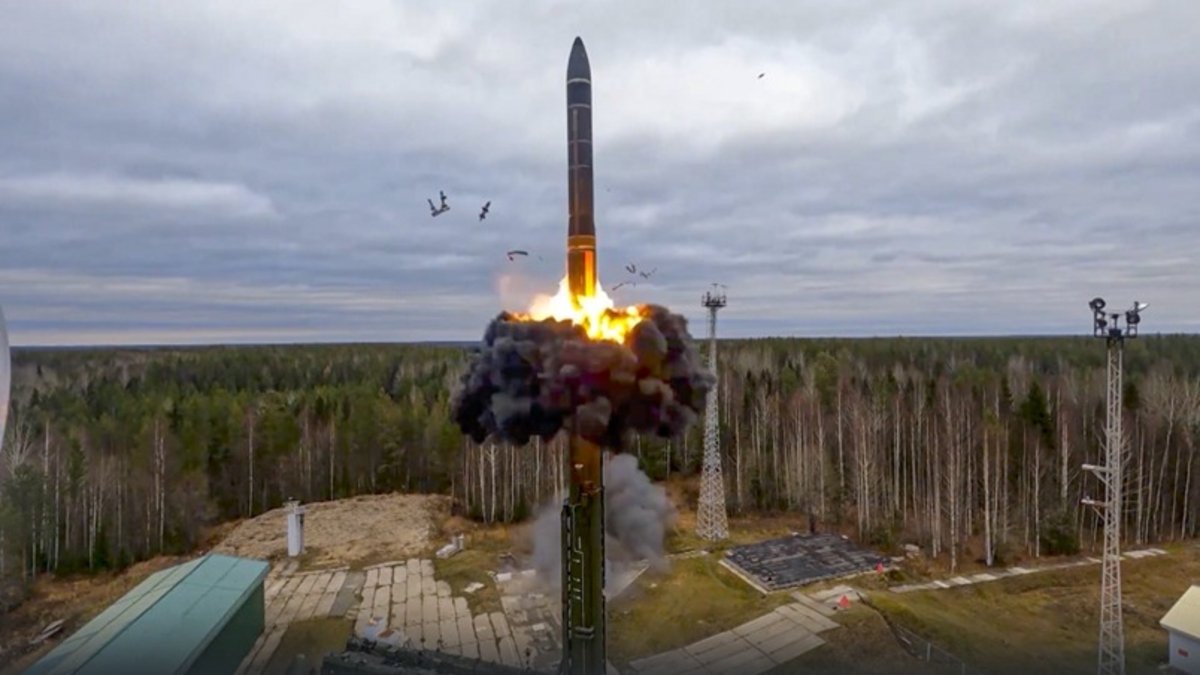
Birth of a Silent Sentinel—From Drawing Board to Deployment
| Timeline Period | Description |
|---|---|
| Early 1970s | Soviet planners first explored automated retaliation concepts in response to increasing US advancements in missile pinpoint accuracy. |
| Mid-1970s to 1980 | Primarily the research & development phase, integrating early digital computing with hardened communication systems. |
| 1982–1984 | Flight tests of the unique “command rocket” and underground communication validation. |
| January 1985 | The Perimeter was declared operational. |
The Strategic Rocket Forces, in collaboration with specialized design bureaus, oversaw the project. Even in the USSR’s secretive military-industrial complex, the Dead Hand stood out for complexity, secrecy, and strategic importance.
👉Watch the Dark Reality of the F-35 Unfold
Why the Soviets Built It—The Logic of Fear
- Shrinking Decision Time – US submarine-launched missiles could reach Moscow in 10–15 minutes. That’s barely enough time to pour coffee, let alone verify an incoming strike and issue launch orders.
- US Counterforce Doctrine – By the late ’70s, US nuclear strategy wasn’t just about flattening cities—it was about decapitating leadership and command centers. Lovely.
- Vulnerable Communications – Soviet command networks were largely ground-based—easily targeted. Take out the transmitters, and the retaliation chain collapses.
- Deterrence by Denial – Perimeter’s existence told the US: “Even if you think you can win by going first, you can’t.” And yes, in the same breath, US officials called the Dead Hand “dangerous”—while conveniently forgetting about their own Emergency Rocket Communications System (ERCS), which did exactly the same thing.
Imagine a scenario in which a boxer realizes that his opponent could knock him out with just one punch. To counter this imminent threat, he plans on strapping a grenade to his chest, with the pin connected to his heartbeat. That’s Dead Hand.
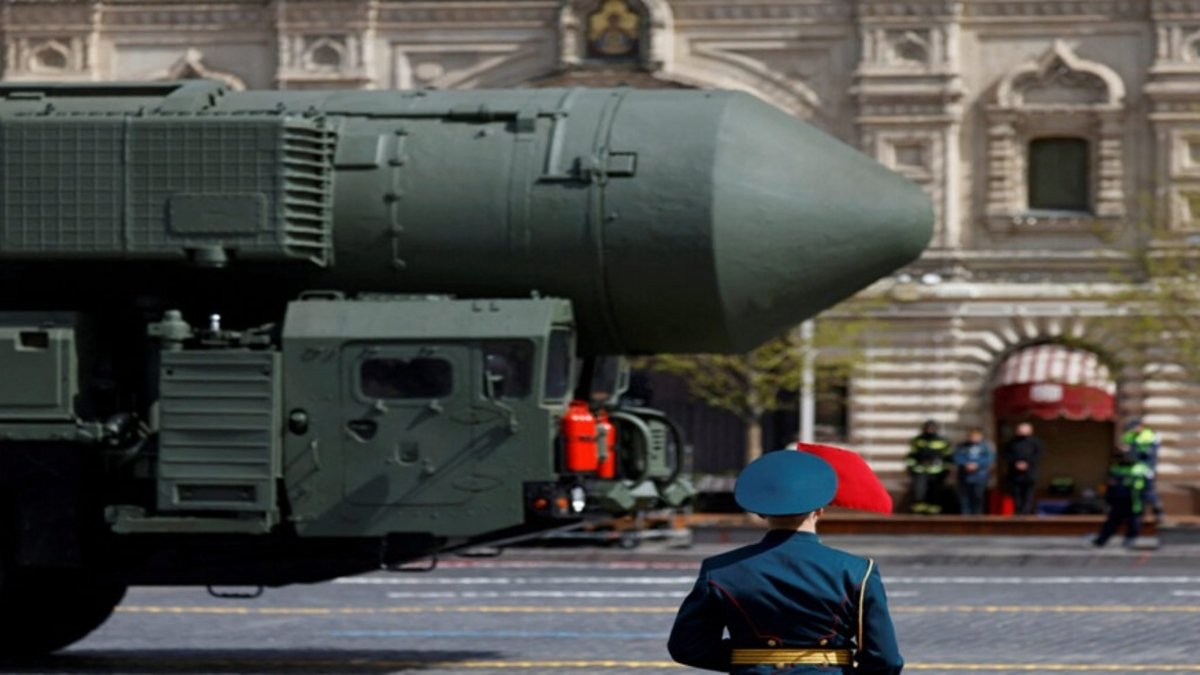
✈️ Inside the High-Stakes Battle Between America’s F-35 and Russia’s Su-57
Inside the Machine—How Dead Hand Sees, Thinks and Acts
Stage 1: Activation
The Perimeter is normally dormant. In a crisis, the Russian leadership can arm the system. Once armed, it begins monitoring both environmental and command-network inputs.
Stage 2: Detection
Multiple redundant sensors feed into the system:
- Seismic detectors to register underground nuclear detonations.
- Radiation monitors for sudden spikes consistent with nuclear blast fallout.
- Atmospheric pressure sensors for shockwaves in the air.
- Electromagnetic detectors for nuclear EMP signatures.
- Military communication monitors to detect abrupt loss of command channels or abnormal traffic patterns.
Stage 3: Decision Logic
A hardened command computer—located in a fortified underground facility—runs correlation algorithms. It proceeds only if multiple independent indicators confirm a massive nuclear strike and no high-level human cancellation code arrives within a fixed window.
Stage 4: Command Transmission
It is a specially engineered missile—the 15P011 command rocket—that is launched. Instead of carrying a conventional warhead, it carries a high-powered radio transmitter. As it arcs over Russian territory, it beams encrypted launch orders to the silos, mobile launchers, and even the submarines.
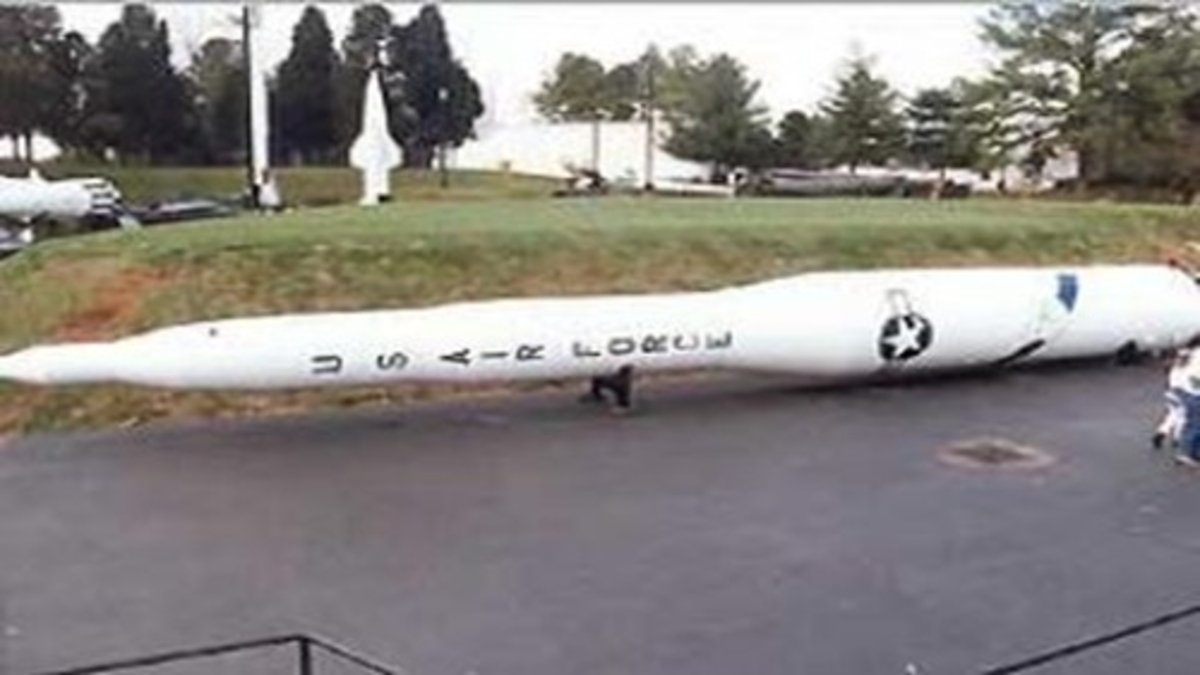
Stage 5: Execution
Receiving crews authenticate the order using one-time pads or digital codes. If the codes match, the crews launch the missiles—even if the national leadership no longer exists.
The Hidden Price Tag—Money, Men, and Maintenance
If you think the Perimeter is simply just a few wires and a red button in a bunker like the usual Hollywood-style movies, then you need to rethink. Keeping a nuclear doomsday machine operational for decades is a massive logistical, engineering, and financial challenge—one that renders the initial construction in the 1980s the easy part, as if any nation could easily replicate it.
- Infrastructure Costs – Maintaining bunkers like Kosvinsky Kamen, hardened cables, satellite uplinks, modernization of satellites, secure relays, and ECCM.
- Direct Costs – Embedded in Strategic Rocket Forces budgets; open-source analysts estimate billions annually.
- Personnel – Operators, engineers, cryptographers, and maintenance crews.
- Test & Training – Periodic simulation drills and test launches of the command rocket.
- Modernization – Updated sensors, encryption standards, missile compatibility.
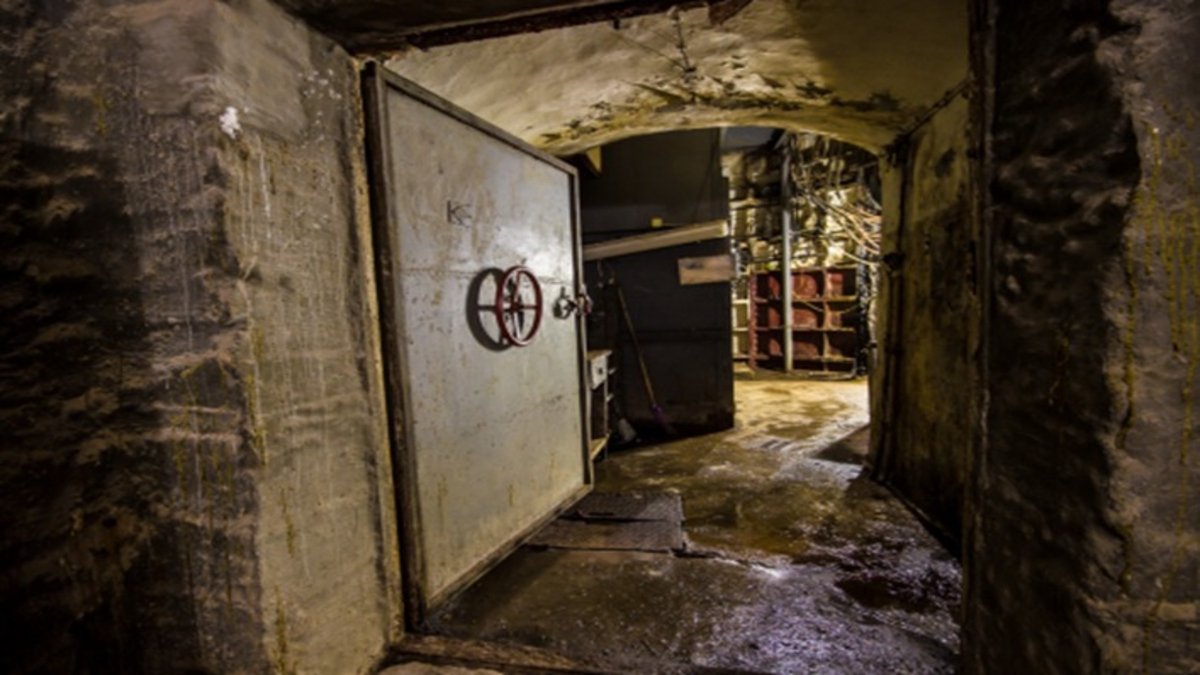
This folds into Russia’s broader strategic nuclear budget — estimated in the billions of dollars annually. Meanwhile, the US quietly spent billions on its own Emergency Rocket Communications System and underground command posts like Cheyenne Mountain — not to mention maintaining its nuclear arsenal. But of course, when America does it, it’s called “responsible deterrence spending”. When Russia does it, it’s called “dangerous brinkmanship”. Funny how the accounting changes with the flag.
Strategic Value—Why Russia Still Keeps It?
Some Cold War relics get turned into museum pieces. Others… remain quietly fueled, crewed, and ready to turn the planet into a glowing snow globe. Perimeter is one of those rare military artifacts that not only survived the collapse of the Soviet Union but also remained deliberately active—and continuously upgraded—into the 21st century.
So why keep a system whose sole job is to ensure everyone dies if Russia does? The reasons are as much psychological and political as they are military.
- Ultimate Second-Strike Insurance – Removes decapitation strike vulnerability, decision bottlenecks, and human hesitation.
- Deterrence Without Hair-Trigger – Allows minutes to confirm attack, avoiding false alarms.
- Psychological Warfare – Forces NATO to assume any nuclear attack means Armageddon.
- Stability in a Multipolar World – Counters hypersonics, cyber strikes, multi-front escalations.
- Bargaining Chip – Survivors still guarantee counterstrike in arms talks.
- Hypocrisy Antidote – Reminder the US has played the same game.
- Symbol of National Resilience – Survived economic collapse, political turmoil, and tech revolutions.
- The Cold Equation – If Russia falls, the world burns.

Politics and Perception—The Global Echo
In the chessboard of nuclear politics, the Perimeter is more than steel, circuits, and missile silos. It makes a political statement—a technological middle finger to the idea that anyone can “control” or “win” a nuclear war.
From the moment its existence became public knowledge in the 1990s, Perimeter disrupted how the world talked about nuclear deterrence. It forced policymakers, generals, and journalists to admit something uncomfortable: Russia has a mechanism that takes human hesitation out of the apocalypse equation.
The Kremlin’s Quiet Trump Card – Even unspoken, Perimeter’s presence influences NATO and US negotiations.
Western Narratives—Fear, Spin, and Hypocrisy – Analysts call it “destabilizing” yet omit US fail-deadly systems. In Washington, “smart deterrence.” In Moscow, “reckless doomsdayism.”
Public Fascination – In Russia, largely unknown; where known, seen as grim insurance. Globally, military enthusiasts admire it; anti-nuclear activists fear it.
Psychological Advantage – Removes doubt about retaliation, dampening Western brinkmanship.
Post-Cold War Continuity – Proved Russia’s deterrent survives even in economic collapse.
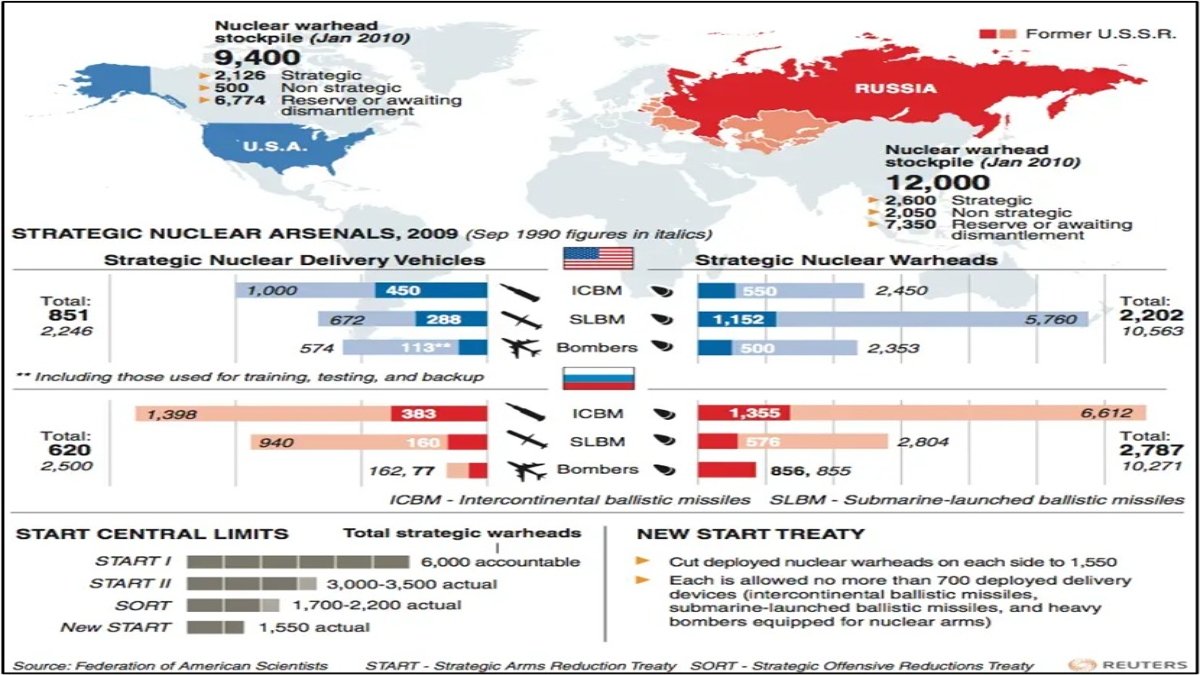
📺 Watch Unbiased Global Defence Updates, Analysis, Geopolitical coverage on “The GRYD “
Analysts’ Split Verdict—Stabilizer or Suicide Switch?
Defense thinkers remain deeply divided on whether Perimeter makes the world safer or pushes it closer to the brink.
The “Stabilizer” Camp argues it’s the ultimate insurance policy—removing the temptation for an adversary to gamble on a disarming first strike. In their view, the system lowers the risk of a mistaken launch by eliminating the need for jittery human fingers hovering over the button during a false alarm. It buys breathing space in an age of hypersonic missiles and AI-driven cyberwarfare.
The Russian nuclear weapons control system, Perimeter, has not only survived since the end of the Cold War, but is also being improved
Told to the Daily Star by Professor Bruce Blair, American nuclear arms control expert and co-founder of Global Zero
The “Suicide Switch” Critics counter that Perimeter outsources the end of the world to machines. No matter how many safeguards exist or are installed, automation always leaves a chance—however tiny—of an unintended launch, and that chance can never be considered zero. For this reason, the system remains shrouded in complete secrecy, and even its allies can’t be fully certain how or when it might trigger. They also warn that in a fast-moving conflict, knowing such a system is active could prompt a panicked enemy to strike first before “the machine” does.
No matter how perfect automation may be, the country’s leadership will always distrust it in this case. The final decision should be left to the person, not artificial intelligence.
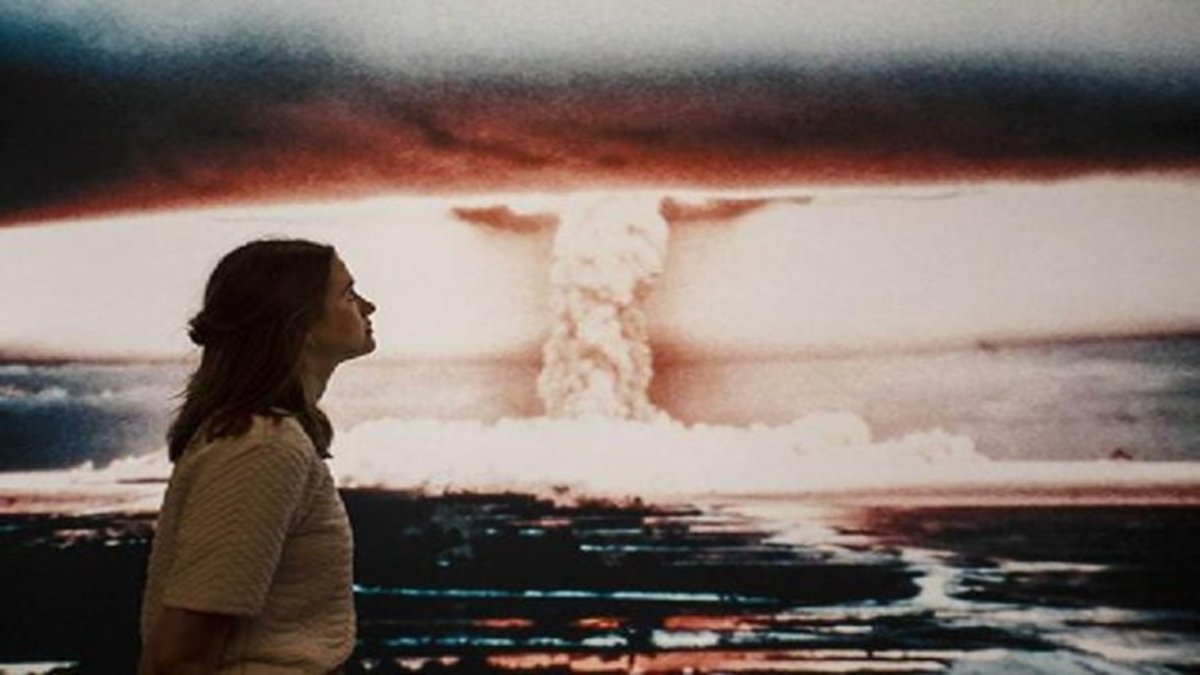
The Middle Ground accepts that the Perimeter is both a safety net and a potential catastrophe amplifier—a “necessary evil” in the nuclear age.
“Ultrafast and automated” once Soviet leadership gave the order — launching the remaining Soviet nuclear arsenal.
David E. Hoffman, Pulitzer Prize–winning journalist and author of The Dead Hand
The Tech Stack of Armageddon
- Sensors – Nuclear-blast detectors, seismic systems, EMP monitors, radiation samplers.
- Communications – Hardened lines, VLF/HF radio, satellite relays, command rocket broadcast.
- Computers – Ruggedized, EMP- and shock-resistant.
- Facilities – Hardened bunkers with life support for months.
The West’s Mirror Image—And the Hypocrisy
The US built the ERCS and other systems to launch nuclear retaliation even if Washington was destroyed, yet it casts Perimeter as reckless—ignoring America’s history of similar systems. Both sides created measures to avoid being unable to respond; moral finger-pointing ignores continuity systems exist on all sides.
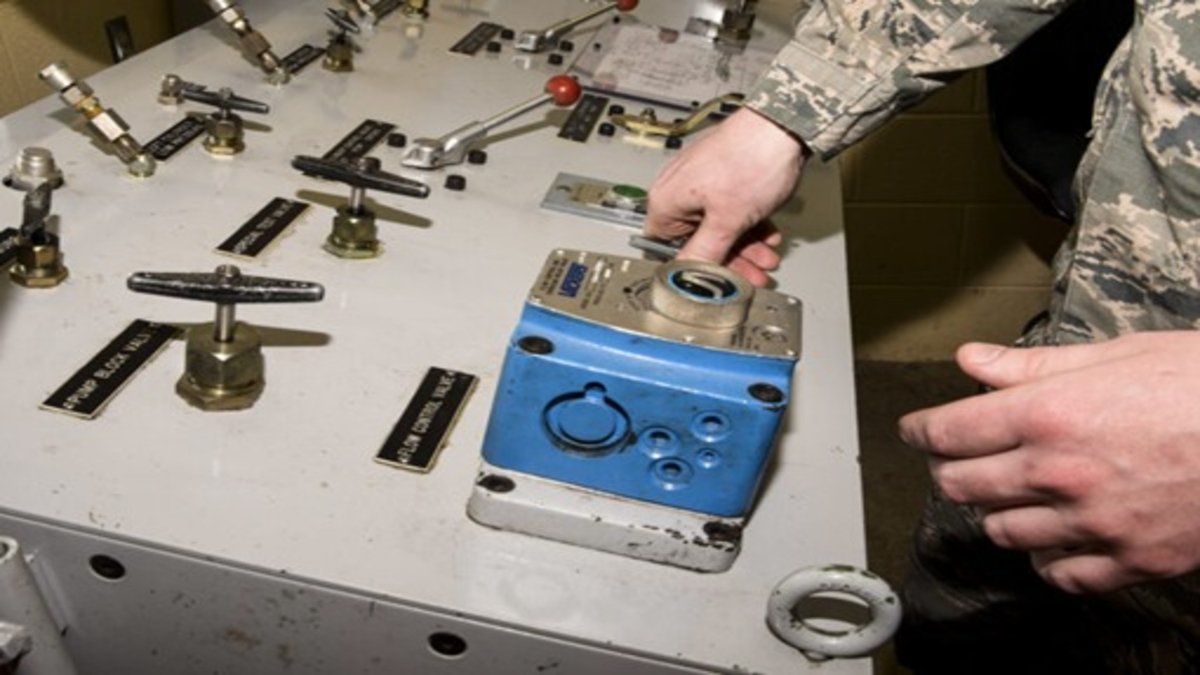
The Road Ahead—Future Tech and Risks
- Modernization Trends – Russia has been modernizing command, control, and strategic forces broadly. Perimeter may have been retrofitted with updated sensors, encryption, and satellite/data-link integration. Public sources confirm ongoing Strategic Rocket Force investments.
- Cyber and spoofing threats: Data spoofing or cyber intrusion can easily exploit automated decision logic and algorithms until they are completely isolated and cryptographically protected.
- AI/ML: Upgrading correlation algorithms along with machine learning could greatly improve detection but also introduce the chances of opaque decision processes and new failure modes.
- Space dependency: The increased reliance on space assets such as satellites for detection/comms raises new exposures to operations like anti-satellite warfare.
- Policy Implications – Arms-control and safeguard thresholds could reduce accidental escalation, but distrust makes verification harder.
Conclusion
The Perimeter aka Dead Hand sits at the uneasy intersection of deterrence enhancement and automation risk. The designers introduced the system to protect second-strike capability when accurate SLBMs and counterforce doctrine compressed decision cycles. Open sources indicate Perimeter combines sensors, hardened infrastructure, resilient communications (including a command rocket), and pre-programmed logic—though exact inner workings remain classified. Defense analysts have disagreements on whether or not the Perimeter stabilizes deterrence or would cause multiple catastrophe risks. Both of the arguments rest simply on assumptions about reliability, safeguarding, and human oversight.
In any case, the continuing existence of the Perimeter underscores that nuclear risk management still remains a technical, political, and ethical dilemma in the 21st century and for the upcoming future.
It is a silent sentinel in the shadows — built not to win a war, but to ensure that if one begins, no one truly survives it.
Dead Hand FAQs: Russia’s Doomsday System
A: Dead Hand is Russia’s automated nuclear command system designed to ensure a retaliatory strike even if its leadership is destroyed.
A: The Soviet Union developed Dead Hand in the 1970s, and it became fully operational in 1985.
A: Yes, Russia has maintained and modernized Dead Hand, keeping it operational into the 21st century.
A: Dead Hand uses a network of sensors, a command rocket, and automated decision logic to detect nuclear attacks and trigger a retaliatory launch.
A: Critics argue that Dead Hand’s automation increases the risk of accidental launches, while supporters view it as the ultimate nuclear deterrent.


